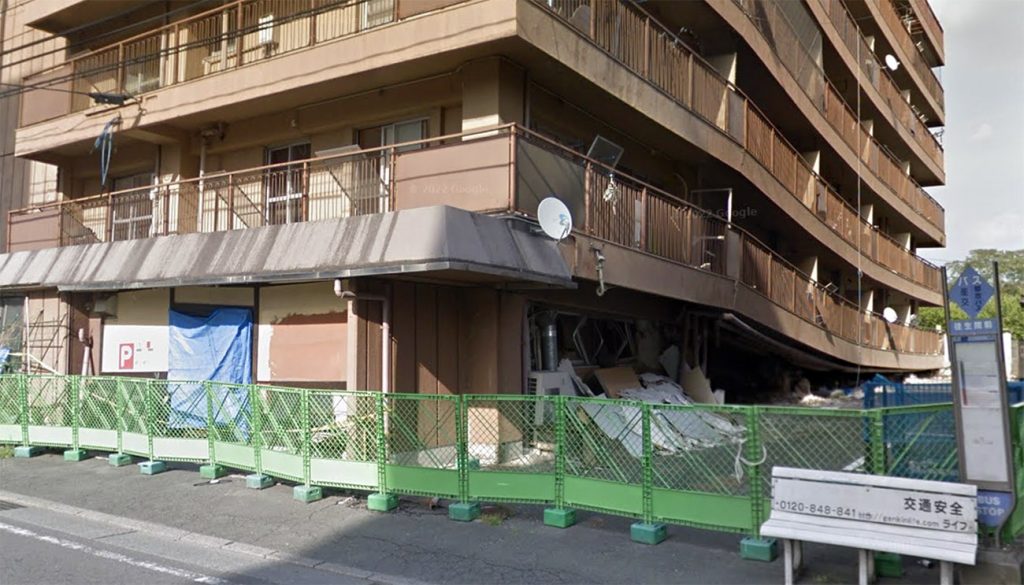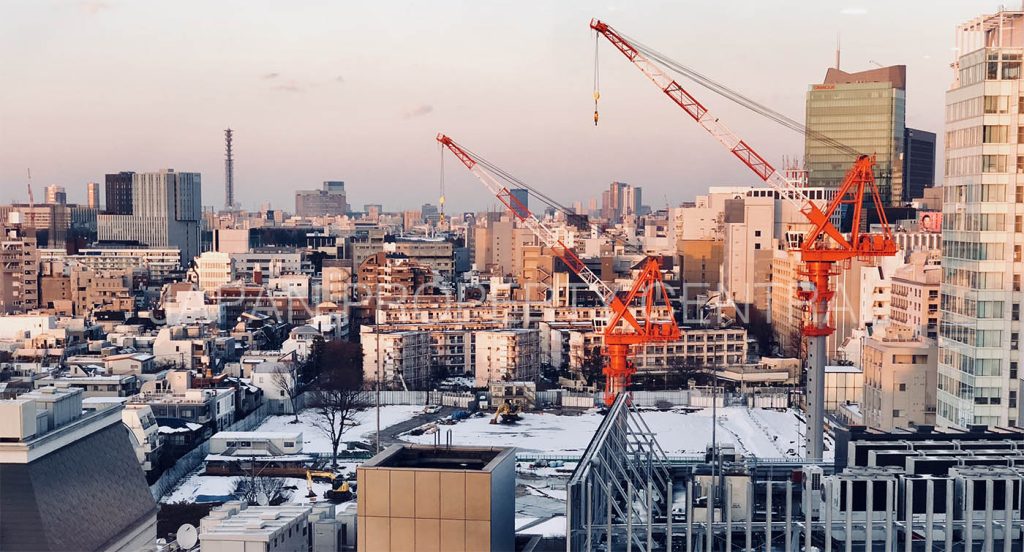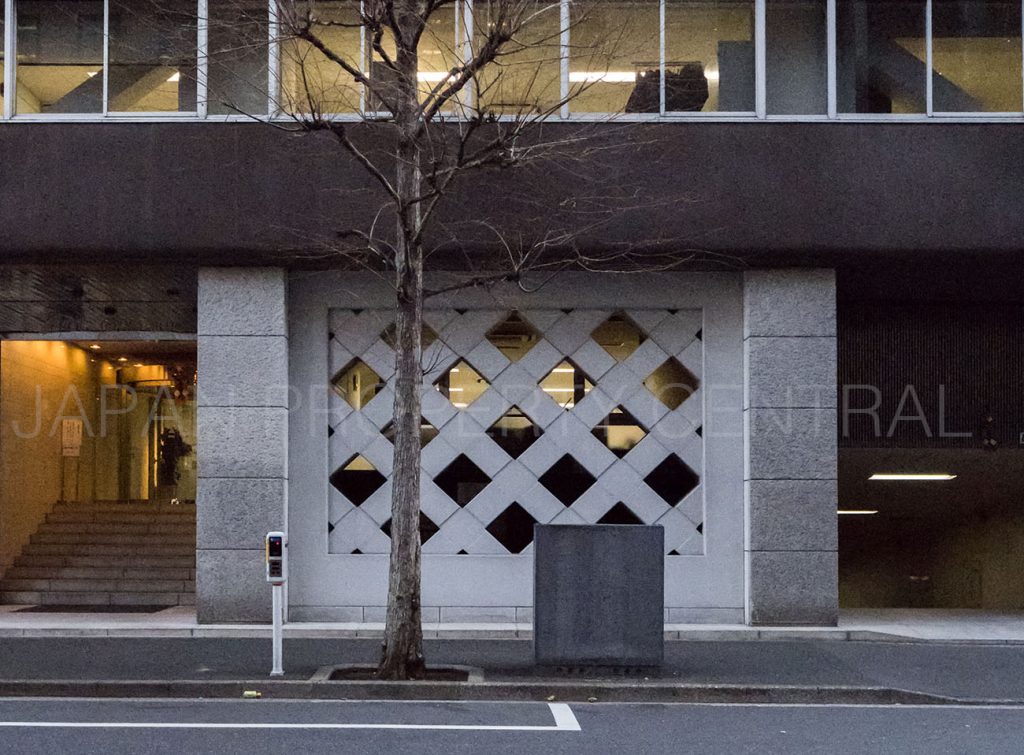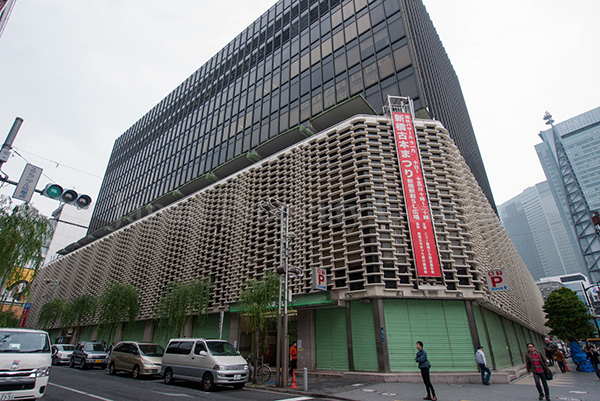Proposal to reduce voting ratios further for earthquake-damaged apartment buildings

In order to quicken the reconstruction process in the event that an apartment building is severely damaged in an earthquake, the national government is firming up plans that would see voting ratios reduced even further.
Safer housing reduces worst-case earthquake scenario in Tokyo by 30 ~ 40%

Improvements in housing in Tokyo have reduced the expected level of damage from a severe earthquake by around 30 ~ 40%. On May 25, the Tokyo Metropolitan Government released an updated report on a ‘worse case scenario’ earthquake. This is the first update in 10 years.
Understanding the difference in earthquake codes for apartment buildings

Buyers often ask us about earthquake codes. For a country that lies alongside the Pacific Ring of Fire, it is a risk that we should all be aware of.
The most recent major change to the Building Standards Act for earthquake resistance occurred in 1981.
Why is this important?
30% of old buildings in Tokyo at risk of collapse in strong earthquake

On March 29, the Tokyo Metropolitan Government released data from earthquake resistance inspections on public buildings built to the old ‘kyu-taishin’ earthquake codes (pre-May 1981). A total of 251 kyu-taishin buildings, representing a third of the total, were determined pose some risk of collapse in the event of an earthquake producing a seismic intensity scale (shindo) of a 6-upper or above. Of those, 156 were found to be at high risk of collapse.
The publication of this data is the result of a revision to the Act for Promotion of Renovation for Earthquake-Resistant Buildings that was introduced in November 2013. Under this revision, public buildings used by an unspecified number of people, such as hotels and commercial facilities, with a floor area over 10,000 sqm and built to the old kyu-taishin earthquake codes are obligated to carry out earthquake resistance inspections, the results of which are made public. This also applies to old buildings located alongside emergency roads. Although the revision requires building owners to carry out inspections, there are no obligations or requirements to conduct the retrofitting.Read more
Floor space ratios may be relaxed for pre-1981 buildings in Tokyo

The Tokyo Metropolitan Government is considering introducing regulations that would relax floor-space ratios when redeveloping old apartment buildings in the city. This would allow for the additional space to be sold by a real estate developer, which would help to cover the costs of redevelopment.
The target of the revision is condo-style apartment buildings that were built to the old earthquake codes (kyu-taishin). The major change to earthquake codes occurred in May 1981, with buildings built after this date meeting the current codes. Due to the time period from construction to completion, there are some buildings from 1982 that may have been built to the old ‘kyu-taishin’ codes.Read more
Voting ratios relaxed to encourage speedier demolition of earthquake-damaged buildings in Kumamoto

On September 30, the Japanese government voted in favour of enacting an exemption to the apartment redevelopment law in order to help speed up redevelopment of buildings damaged by the Kumamoto earthquake in April. Under the special exemption, the voting ratio for demolishing an apartment building and selling the land has been reduced to 80% for damaged buildings in Kumamoto. This is the second time the exemption has been applied. It was first applied to three buildings damaged by the 2011 Tohoku disaster in Sendai city.
Ordinarily, 100% of apartment owners must agree before a building can be demolished and the land sold. However, if the building has been seriously damaged in a major earthquake, the ratio can be reduced to 80% if certain conditions are met. Nevertheless, obtaining 80% agreement is still a difficult task.
According to Kumamoto City, 19 apartments buildings were considered to be completely destroyed, 21 suffered major damage, and 52 suffered partial damage in April.Read more
Nagoya City has over 50 public buildings at risk of collapse or damage in strong earthquake

On July 4, Nagoya City released details on 50 city-owned buildings across the city that face a high risk of collapse in an earthquake producing a seismic intensity (shindo) level of 6+ or above. All 50 buildings were built before the 1981 change in earthquake-resistant construction methods. 45 of those buildings are public housing complexes which are home to as many as 2,500 households.Read more
